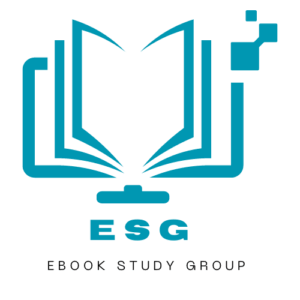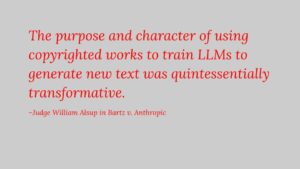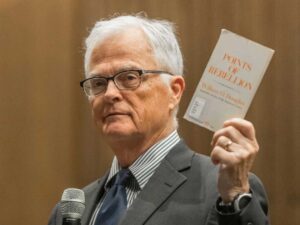The Author-Library Alliance: Supporting Fair eBook Legislation Together
In May 2025, Connecticut’s legislature passed landmark legislation to address restrictive ebook licensing practices that limit libraries’ ability to serve the public. It aims to ensure ebook licenses align more closely with libraries’ core public interest mission of lending, access, and preservation. This represents a pivotal step toward safeguarding the role of libraries in the digital age. As more states consider similar measures, a key question arises: Should authors support these efforts? The answer is unequivocally yes— and here’s why.









